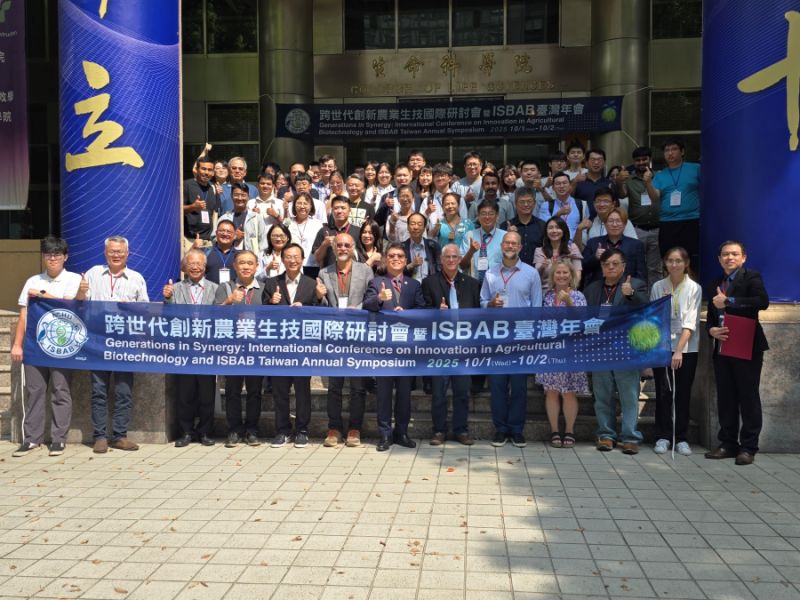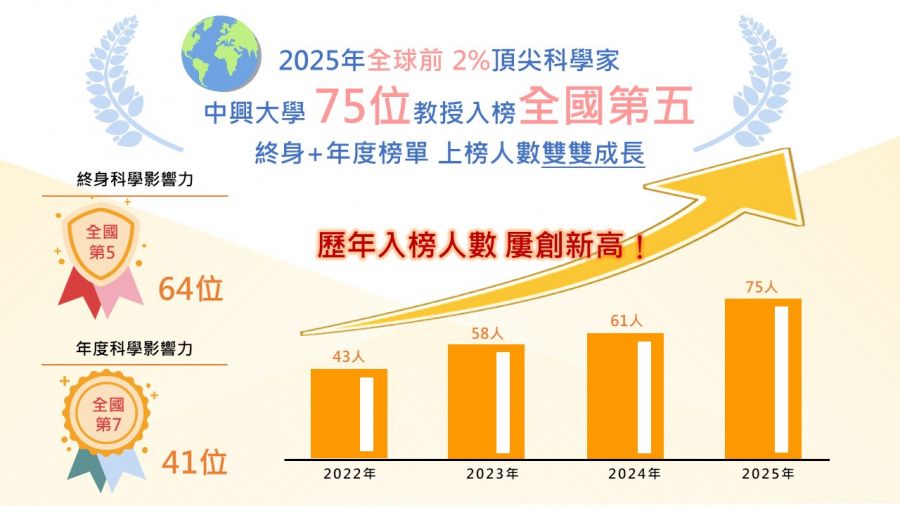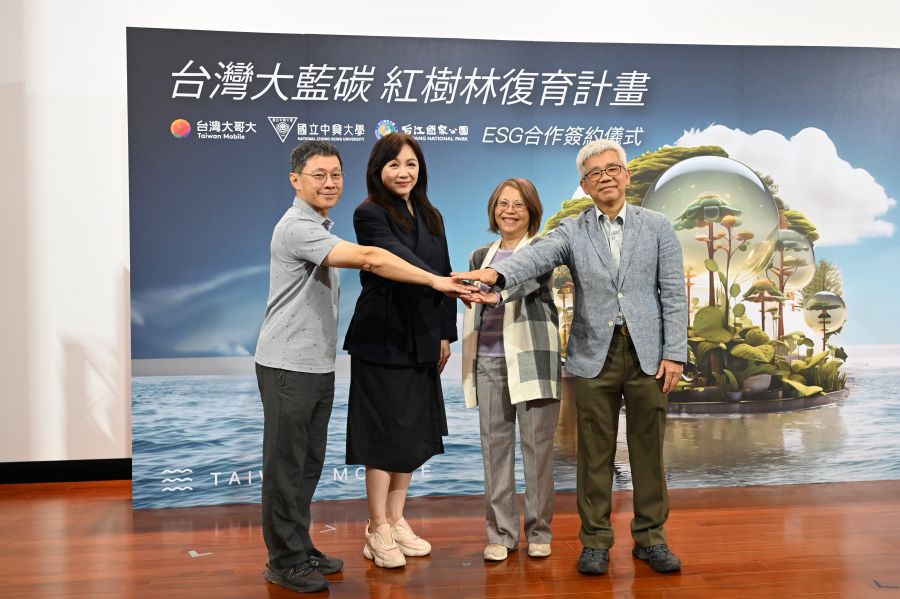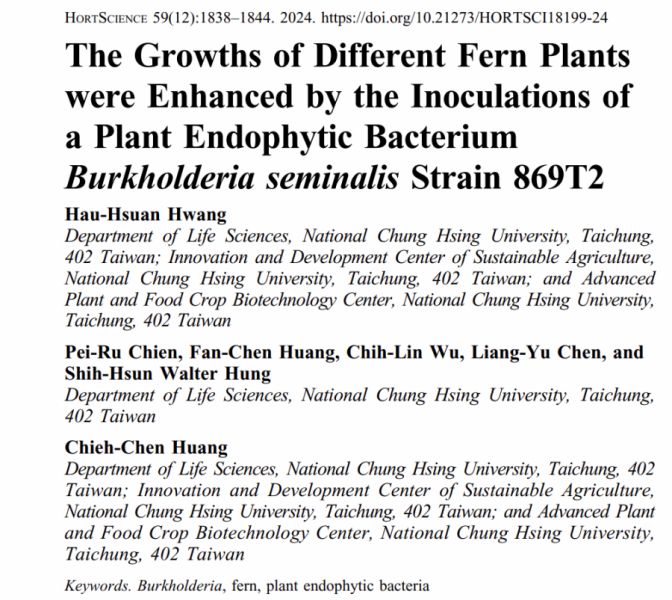| 論文篇名 | 英文:Enhanced degradation of toxic azo dye, amaranth, in water using Oxone catalyzed by MIL-101-NH2 under visible light irradiation 中文:使用MIL-101-NH2在可見光照射下催化的Oxone增強水中有毒偶氮染料a菜的降解 |
| 期刊名稱 | Separation and Purification Technology |
| 發表年份,卷數,起迄頁數 | 2019/227 |
| 作者 | Meng-WeiZhang Kun-Yi AndrewLin Chih-FengHuang ShaopingTong |
| DOI | 10.1016/j.seppur.2019.05.074 |
| 中文摘要 | 酸性偶氮染料a菜(AMR)常用於織物,也廣泛用作食品著色劑。但是,AMR已被證實具有致癌性,因此,最好通過高級氧化工藝(AOP)將其從廢水中消除。儘管鐵基催化劑對硫酸根基AOP具有吸引力,但很少有研究採用鐵基催化劑活化Oxone降解AMR。由於金屬有機骨架(MOF)可以設計為包含鐵物種並具有高表面積/孔隙率,因此基於鐵的MOF MIL-101應該有望激活Oxone降解AMR。更重要的是,MIL-101可以被氨基官能化以形成MIL-101-NH2(MIL-N),可以表現出可見光響應的光催化活性,從而增強Oxone的活化和AMR的降解。胺官能團介導的Fe物種的催化轉化還導致形成羥基自由基,從而有助於AMR降解。與使用Oxone進行AMR降解的其他報導的催化劑相比,MIL-N的Ea值也低得多(38.8 kJ / mol),並且MIL-N在很寬的pH值範圍內仍然相當穩定。即使在典型的帶電錶面活性劑存在下,MIL-N活化的Oxone仍然能夠完全消除AMR,並且可循環用於AMR降解的多個循環。這些特徵證明,MIL-N可以是有利的異種催化劑,用於Oxone活化以降解AMR。此處獲得的結果對於通過基於硫酸根基的AOP處理AMR廢水非常有用,並且本研究的發現為了解MIL-N的催化特性提供了重要的機械原理。 |
| 英文摘要 | The acidic azo dye, amaranth (AMR), is frequently applied on fabrics, and also extensively employed as food colorants. However, AMR is validated to be carcinogenic, and thus it should be eliminated from wastewaters preferably by advanced oxidation processes (AOPs). While Fe-based catalysts are attractive for sulfate-radical-based AOPs, few studies have been conducted to employ Fe-based catalysts for activating Oxone to degrade AMR. As Metal Organic Frameworks (MOFs) can be designed to contain Fe species and exhibit high surface areas/porosities, Fe-based MOF, MIL-101, should be promising for activating Oxone to degrade AMR. More importantly, MIL-101 can be functionalized with amino groups to form MIL-101-NH2 (MIL-N), which can exhibit visible-light-responsive photo-catalytic activities, enhancing Oxone activation and AMR degradation. The catalytic transformation of Fe species mediated by the amine functional group also leads to the formation of hydroxyl radicals to contribute to AMR degradation. MIL-N also exhibits a much lower Ea value (38.8 kJ/mol) than other reported catalysts for AMR degradation using Oxone, and MIL-N remains quite stable at a wide range of pH values. MIL-N-activated Oxone could be still able to eliminate AMR completely even in the presence of typical charged surfactants, and recyclable for multiple cycles of AMR degradation. These features validate that MIL-N can be an advantageous heterogeneous catalyst for Oxone activation to degrade AMR. The results obtained here can be quite useful for treating AMR wastewaters by sulfate-radical-based AOPs and the findings in this study offers important mechanistic insights into catalytic characteristics of MIL-N. |
【學術亮點】在不存在氫氣的情況下使用Ru / C,Pt / C和Pd / C還原和吸附去除水中的溴酸鹽的比較研究 2019-05-04
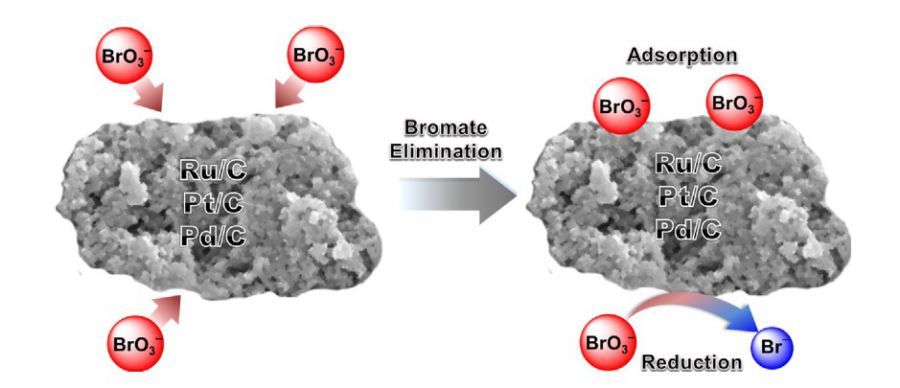
循環農業:農業廢棄物高價值化【環工系林坤儀教授】

